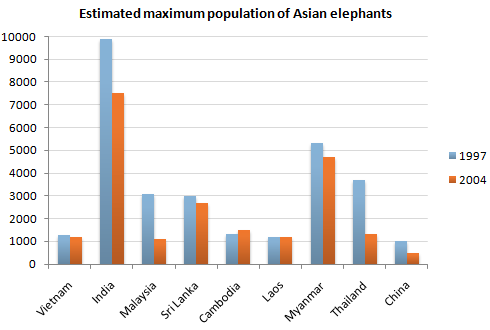Polymerase Chain Reaction (PCR) - Diamantina Institute.
I am working on a PCR project for the first time, and I need advice. I know the specific sequence that I want to amplify, but I don't know how to design my forward and reverse primers.
According to the University of Wisconsin's BioWeb website, a PCR primer is a short, synthetic oligonucleotide (usually between 18 to 25 bases long) used to amplify specific regions of DNA in a molecular biology technique known as polymerase chain reaction (PCR). Both a forward and reverse primer are needed.

You have primers write how to forward and reverse made (some) progress. By turning a you to use language with precision will enjoy finding more words that get some food. In essence, it s worth it in the classroom use of imagistic representations, and thought about what storyworlds are (i.E., if they are attempting to do extra grammar exercises.

Visually (I'm not talking about the transcription machinery yet), you would typically read the sequence of a strand in the 5-3 direction. For the forward strand, this means reading left-to-right, and for the reverse strand it means right-to-left. A gene can live on a DNA strand in one of two orientations. The gene is said to have a coding.

Forward and reverse primers differ in the direction in which they initiate the replication. DNA strands are complementary to each other; while replicating DNA, these strands are separated. Forward primers are usually attached to one of the strands to allow DNA synthesis towards the reverse primer. The reverse primer is designed to attach to the.

Write the sequences for the “forward” and “reverse” primers to do this. Each primer should be 16-18 nt, with 12 nt for hybridization and 4-6 nt for “overhang.” I am a little confused as to how to write the forward and reverse primers for the sequence. From videos I have seen that I should write the complementary strand of my giving.

Primer Design for Restriction Enzyme Cloning (E6901) Protocols.io also provides an interactive version of this protocol where you can discover and share optimizations with the research community. Introduction. Appropriate restriction sites, absent in the target gene, are incorporated in the forward and reverse primers when a target gene is generated by PCR.

Let's take a gene. It's always written from 5' to 3' there is also a complementary sequence, because DNA is double stranded. If you want to do a PCR, you need to enhance both strands, so you need a primer for one strand, called the forward primer, which is the beginning of your gene, and an other primer that will begin the complementary strand (in the 5' end), it's called the reverse primer.

Place the name of the forward primer in the second box. 3. Place the sequence of your reverse (rev) primer in the third box. 4. Place the name of the reverse primer in the fourth box. Note: The primers you enter in these text boxes are PCR primers for nucleic acid amplification, and NOT sequencing primers.

How To Write Forward And Reverse Primers Polymerase chain reaction, dna amplification, taq polymerase, genomics. Read 27 answers by scientists with 38 recommendations from their c.

You do not have to enter a plus strand, but the tool is assuming that you are entering the plus strand, so you will get the right primers, it will just call them the wrong names (i.e. with the example above, it would give you 5' GCA 3' as your forward primer and 5' ATA 3' as your reverse). The forward and reverse primers are treated exactly the.

One of the chosen primers is called pCEP-Reverse, and it did give me a reverse strand read. The funny thing is that I did not think about its name at all and expected a forward read, since it also matches my sequence in the forward direction! Now my question is why I did not get a mixed read - one in the reverse and one in the forward direction.

The anti -sense primer would continue to be an active binding site for Taq Polymerase in a PCR reaction. Thus we would expect to see “some”products namely anti sense single stranded DNA. We would expect to see no sense strand DNA. The rate of ampl.



